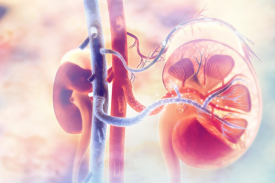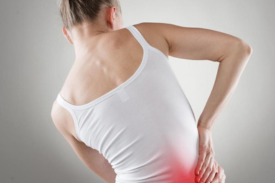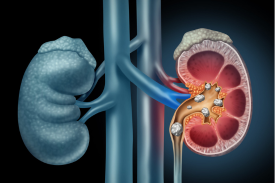Overview
Your gallbladder may be a little, pear-shaped organ found beneath your liver that stores and
discharges bile. Bile is the liquid your liver produces that makes a difference process fats within the nourishment you eat. Your gallbladder is found within the upper right portion of your abdomen (stomach). It sits fair beneath your liver.
Your gallbladder is a portion of your stomach-related system. Its fundamental work is to store bile. Bile makes a difference in your stomach-related system break down fats. Bile may be a blend of primarily cholesterol, bilirubin, and bile salts. Your gallbladder is associated with other parts of your stomach-related system through an arrangement of bile channels called the biliary tract. The biliary tract (in some cases called the biliary framework or biliary tree) may be a pipe-like framework that carries bile from your liver to your little digestive system. Before you begin eating, your gallbladder is full of bile. Once you begin eating, your gallbladder gets signals to contract and press the put-away bile through the biliary tract. The bile inevitably finds its way to your biggest bile conduit, the common bile channel. Bile passes through the common bile duct into the duodenum, the primary portion of your little digestive tract, where it blends with nourishment holding up to be processed. After you eat, your gallbladder is purged and taken after a flattened swell, holding up to be filled up once more.
Indications
A few conditions can cause issues in your gallbladder. The foremost common condition is gallstones. Gallstones are ordinarily safe but can now and then lead to malady states.
Gallbladder issues include:
- Gallstones: Gallstones are pebble-like objects made of bile fabric that create within the gallbladder or bile conduits. They can be as minor as grains of sand to as expansive as golf balls. They’re as a rule safe but can cause torment, sickness, or inflammation.
- Cholecystitis: Cholecystitis is irritation of your gallbladder. It can happen when a gallstone pieces bile from leaving your gallbladder. Cholecystitis causes fever and torment and more often than not requires surgery.
- Gallstone pancreatitis: Gallstone pancreatitis is an aggravation of your pancreas. It happens when a gallstone voyages down the common bile conduit and squares the pancreatic channel at a common point fair sometime recently depleting into the little intestine.
- Gallbladder cancer: Gallbladder cancer is uncommon. You might feel torment within the right upper quadrant of the midriff. But it is distant more likely for this torment to happen due to another condition.
Treatment
Most gallbladder issues are treated with the expulsion of your gallbladder. Surgery to evacuate your gallbladder is called a cholecystectomy. Your gallbladder isn’t a fundamental organ. This implies you’ll live a typical life without a gallbladder. When a specialist evacuates your gallbladder, bile will stream out of your bile conduits specifically into your stomach-related framework rather than being put away in your gallbladder, to begin with.



